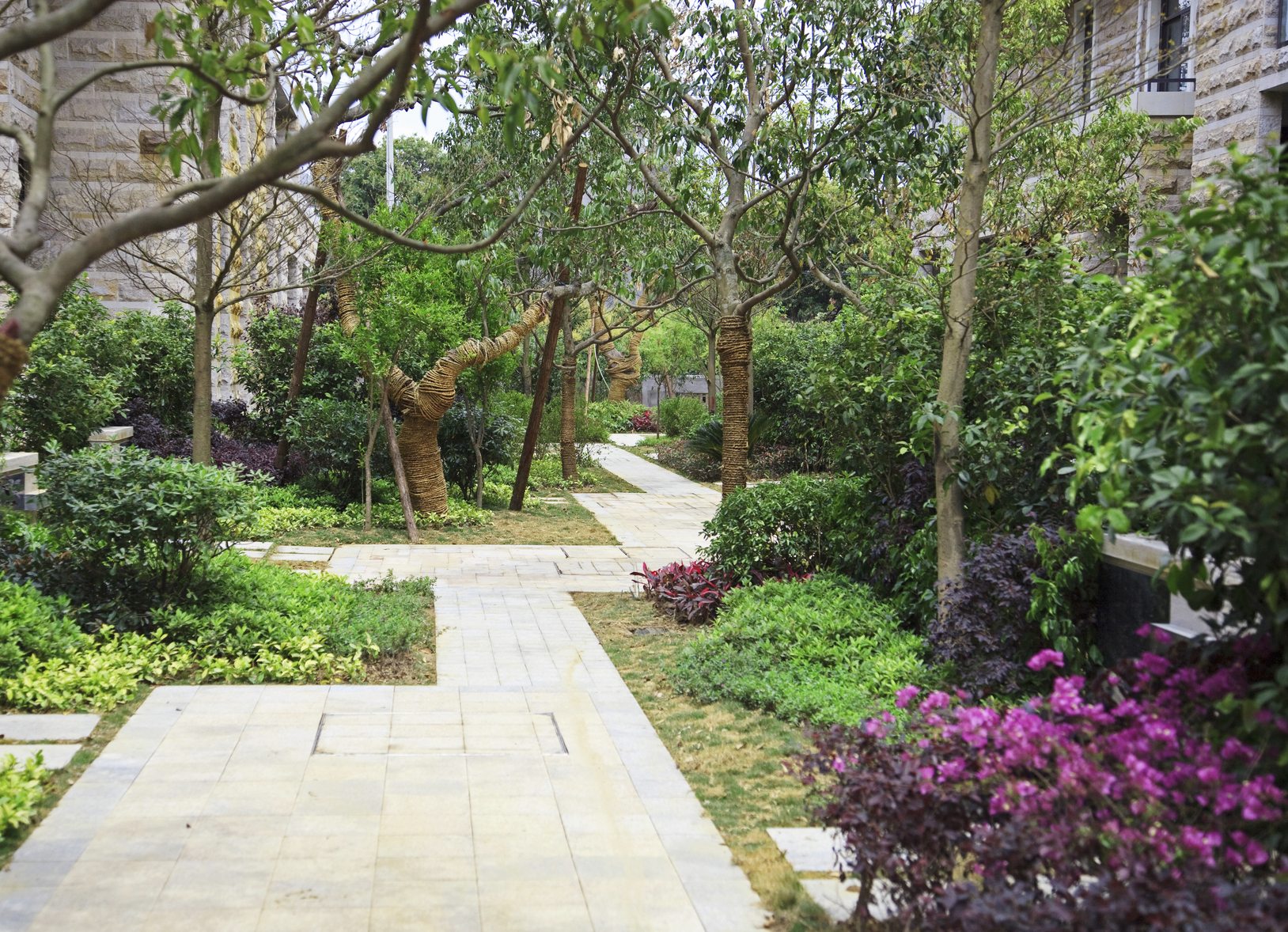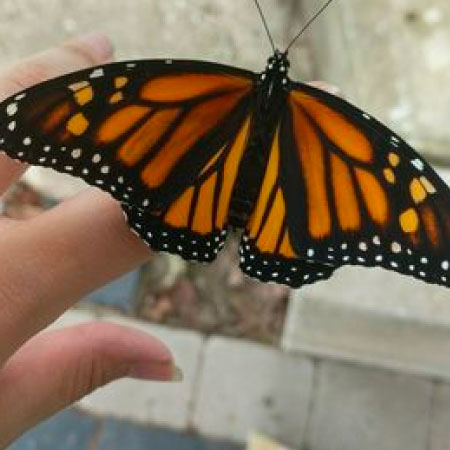Planting Space Along Sidewalks: Tips For Growing Trees Around Sidewalks


These days, more and more homeowners are taking advantage of the small terrace areas in their yards, between the street and sidewalk, for additional plantings. While annuals, perennials, and shrubs are excellent plants for these small sites, not all trees are suitable. Trees planted on terraces can eventually cause problems with sidewalks or overhead power lines. Continue reading to learn more about planting trees near sidewalks.
Planting Space Along Sidewalks
Trees usually have one of two root types, either they have deep taproots, or they have lateral, fibrous roots. Trees with deep taproots send their roots deep within the earth to seek out water and nutrients. Trees with fibrous, lateral roots spread their roots horizontally near the soil surface to absorb rain runoff from the tree’s canopy. These lateral roots can grow quite large and heave up heavy cement sidewalks. From the other perspective, concrete over these roots can prevent the roots from receiving rainwater, oxygen, and other nutrients that trees need for survival. Therefore, it’s not a good idea from either perspective to plant shallow rooting trees too close to sidewalks. The height at maturity of trees also depends on what kind of root system a tree will have and how much room the roots will need to develop properly. Trees that grow 50 feet (15 m.) or less make better terrace trees because they are less likely to interfere with overhead power lines and also have smaller root zones. So how far from the sidewalk should you plant a tree? The general rule of thumb is trees that grow up to 30 feet (9 m.) should be planted at least 3 to 4 feet (1 m.) from sidewalks or concrete areas. Trees that grow 30 to 50 feet (9-15 m.) tall should be planted 5 to 6 feet (1.5-2 m.) from sidewalks, and trees that grow more than 50 feet (15 m.) high should be planted at least 8 feet (2 m.) from sidewalks.
Planting Trees Near Sidewalks
Some deep-rooted trees that can grow near sidewalks are:
- White oak
- Japanese lilac tree
- Hickory
- Walnut
- Hornbeam
- Linden
- Ginkgo
- Most ornamental pear trees
- Cherry trees
- Dogwoods
Some trees with shallow lateral roots that should not be planted near sidewalks are:
Sign up for the Gardening Know How newsletter today and receive a free copy of our e-book "How to Grow Delicious Tomatoes".

Darcy is a former contributor to Gardening Know How. She is a professional landscape designer and gardening writer with experience in plant sales. An avid gardener, Darcy has a passion for sharing practical tips to help others grow.